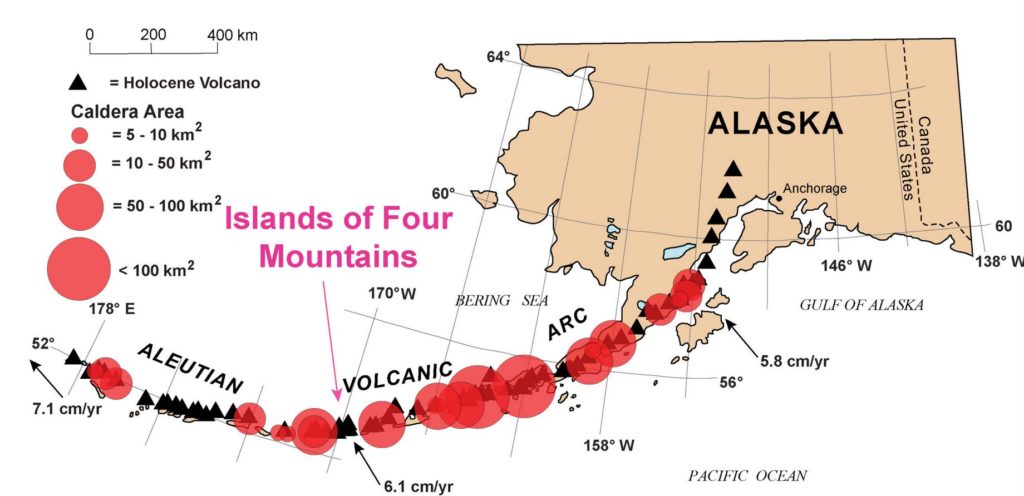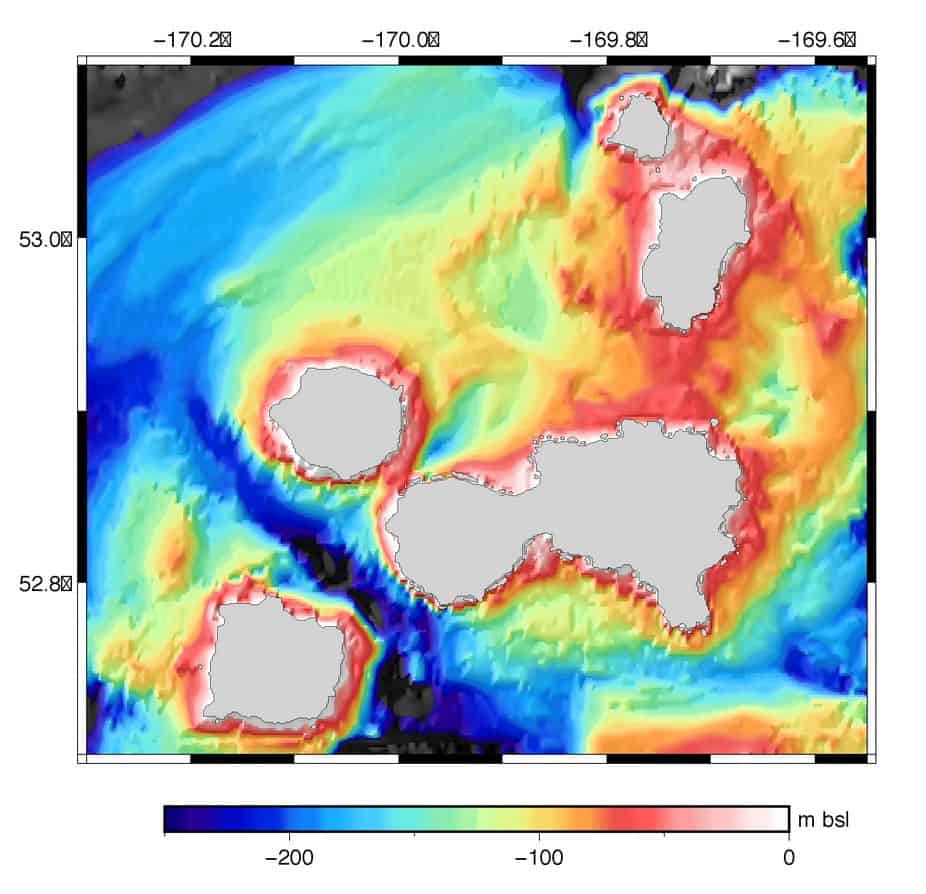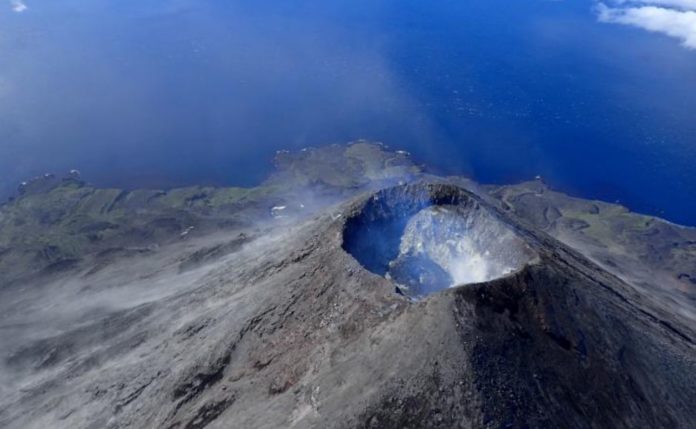The Islands of the Four Volcanoes, in Alaska, could actually be part of an interconnected volcanic system similar to the Yellowstone super-volcano. This type of volcano is capable of producing catastrophic eruptions and changing the political map of the planet.
A new study, led by John Power of the Alaska Volcanic Observatory, shows that it could be a “large and previously unknown caldera.” This system consists of six stratovolcanoes – conical and high-rise volcanoes – located in the central part of the Aleutian Islands archipelago called Cleveland, Carlisle, Herbert, Kagamil, Tana and Uliaga.
Mount Cleveland is the most active in the group: Over the past two decades, it has released plumes of smoke up to six miles high.

Study co-author Diana Roman, from the Carnegie Institution for Science in Washington, said in a statement that her team “have been scraping under the couch cushions for data,” but ultimately concluded that it is a “caldera in this region”.
During the study, the researchers analyzed geological deposits, changes in the area over time, and gas emissions and gravity, among other factors.

Volcanic calderas, also known as supervolcanoes, produce more catastrophic eruptions, and unlike stratovolcanoes, these gigantic underground structures have huge deposits of magma. So they release gigantic amounts of lava and ash. In some cases, they can even change the political map of the planet: thus, the eruption of the Okmok supervolcano, also located in Alaska, in BCE 43 could have indirectly led to a crisis that led to the fall of the Roman Republic and the Ptolemaic kingdom of Egypt.
To prove the existence of the supervolcano in the Alaskan archipelago, the researchers plan to conduct further studies, in particular, “looking more closely at the seafloor, studying volcanic rocks in greater detail, collecting more seismic and gravitational data, and taking samples from many more geothermal areas.”
